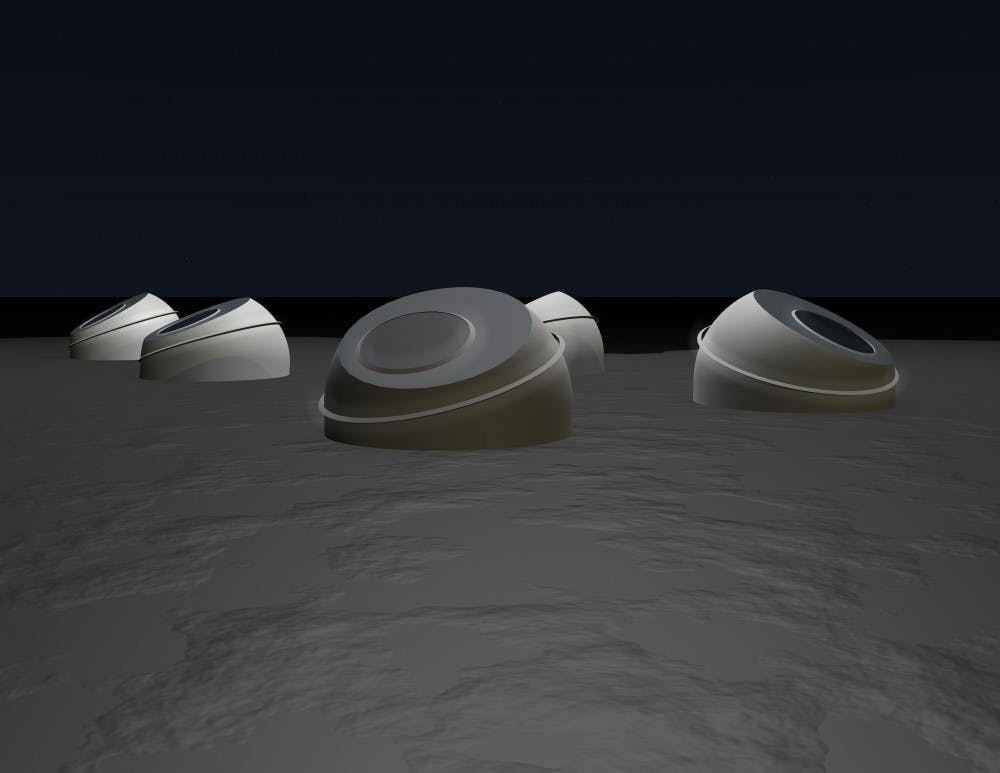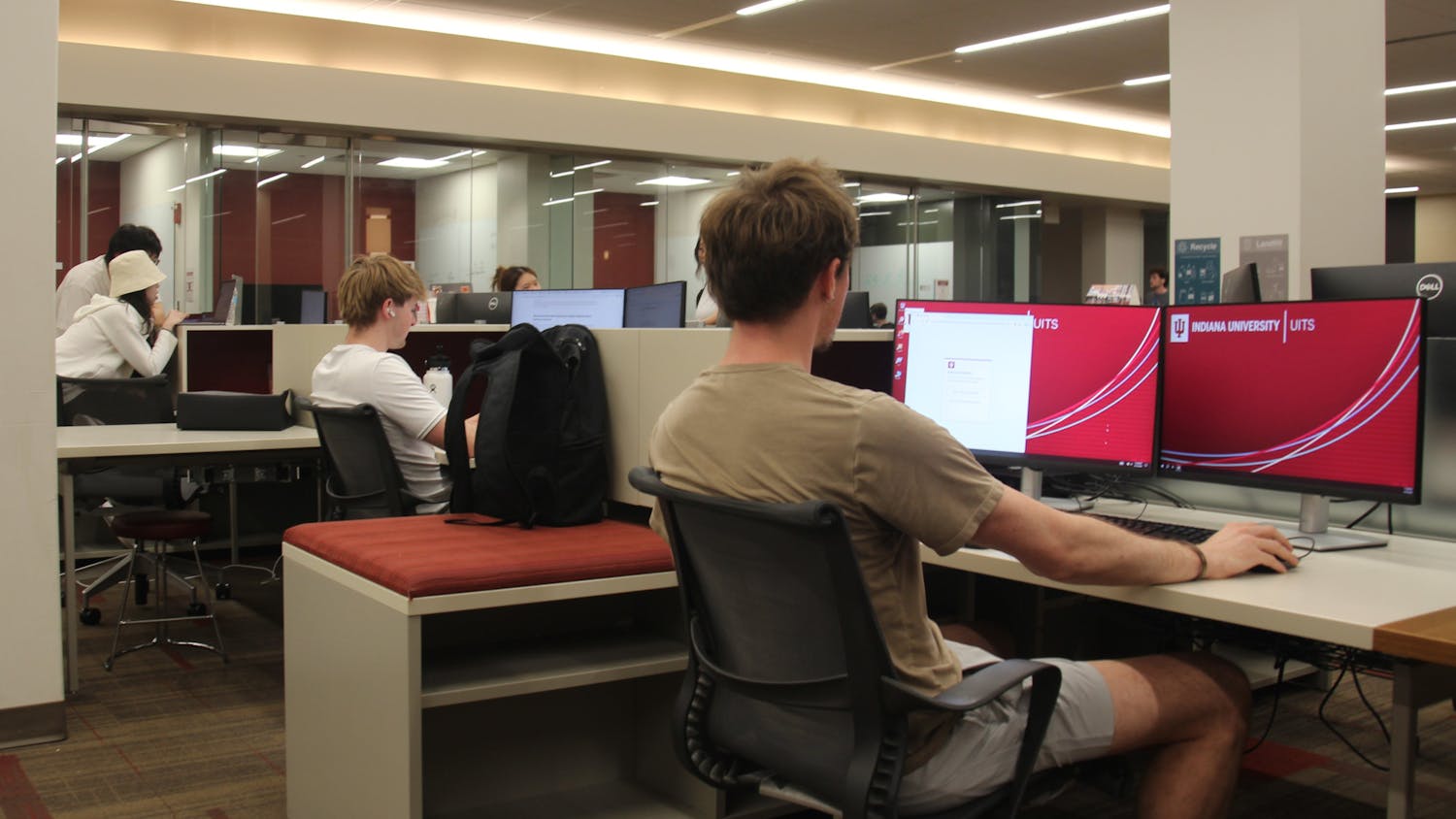Imagine a plan to build a nuclear reactor in Bethlehem or a particle accelerator around Mecca.
Does this sound offensive and sacrilegious?
That’s how the plan to build yet another observatory on Mauna Kea, the tallest summit on Earth, possibly the darkest spot in the world and a mountain that is sacred to many native Hawaiians, sounds to the self-styled “protectors” of the site.
The protectors are a group of native Hawaiians outraged at the planned construction of a huge telescope, the Thirty Meter Telescope, on top of a mountain where they believe their ancestors originated.
The TMT would allow astronomers to see up to 13 billion light-years away, a distance Professor Paul Coleman of the University of Hawaii said represents “a jump of a factor of 10” in how far scientists will be able to see clearly.
It might look like a battle between science and religion, but the Editorial Board thinks it’s important to keep in mind the history of native peoples in the United States and the history of Hawaii.
This isn’t so much about religion as it is about respecting cultural rights and cultural autonomy.
In the 1790s, King Kamehameha I first united all the Hawaiian islands under a single kingdom.
A century later, in 1893, a group of American businessmen and sugar planters overthrew Queen Liliuokalani, who supported greater rights for native Hawaiians.
In other words, native Hawaiians have a long history of being pushed around by non-natives with their own special interests.
We recognize the immense scientific value of a telescope that would enable new discoveries about the universe.
But we wonder, can’t it be built somewhere else?
Mauna Kea is currently home to 13 huge telescopes, around a quarter of which are slated to be decommissioned by the time the TMT is up and running under the order of Hawaii Gov. David Ige.
But the TMT will be built on a new site, disturbing even more of the fragile ecosystem, rather than on the site of an existing observatory.
The Editorial Board believes that other options could be explored that might balance scientific advancement with the rights of native Hawaiians to have a say in how their own land is used.
Making the adequate funding of NASA a federal budget priority would allow for more space telescopes such as the Hubble Space Telescope.
There is no land in space to fight over, and what better vantage point is there than space itself?
The Editorial Board is concerned that some of the arguments for the construction of the TMT might be little more than a form of colonialism cloaked in the prestige of science, which supposedly benefits all of humanity.
We should have all learned our lessons by now. If native peoples say no to a project that non-natives want, we should listen to them.
The way we see it, space will be around for a long time to come.
Respecting native rights is a more immediate priority than building yet another telescope.




